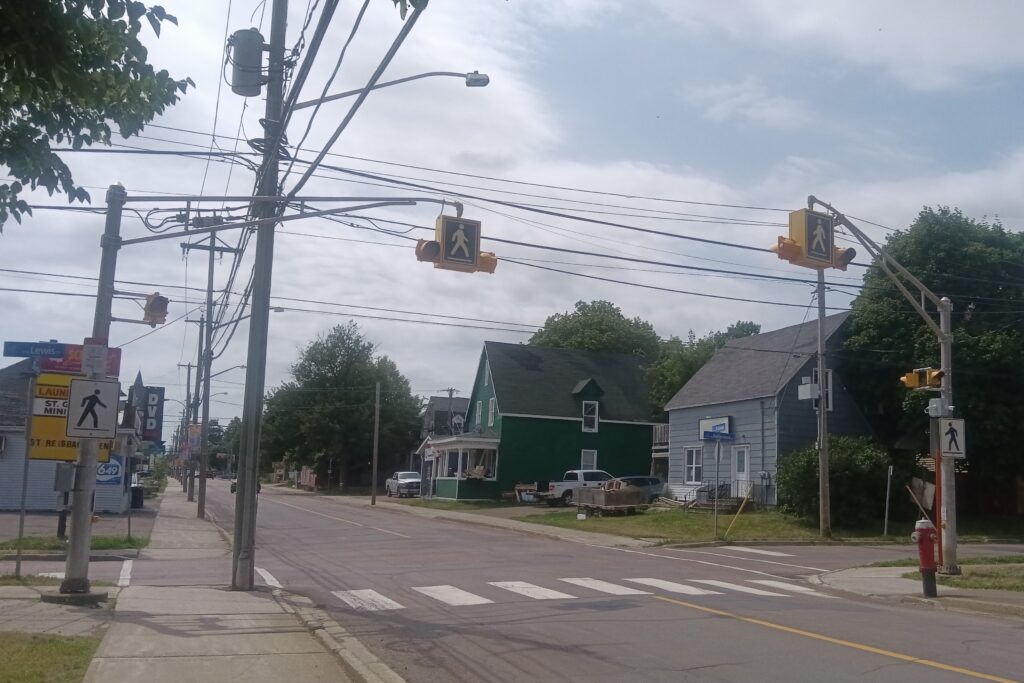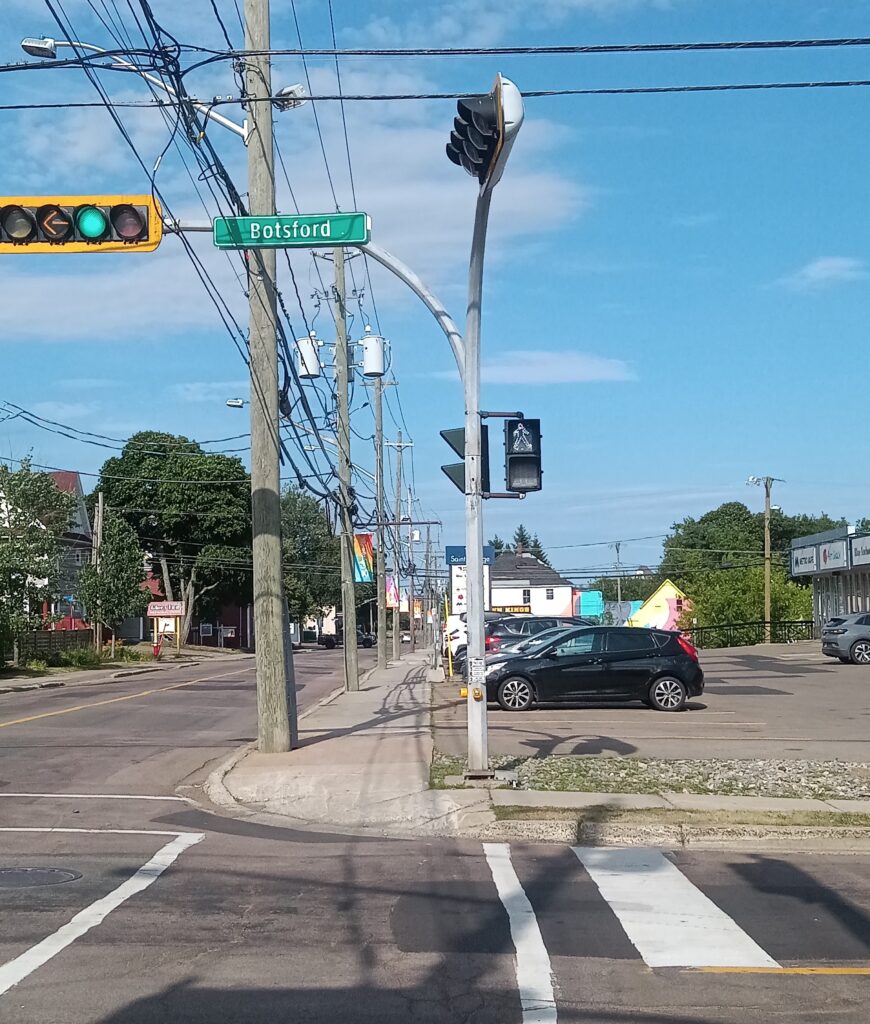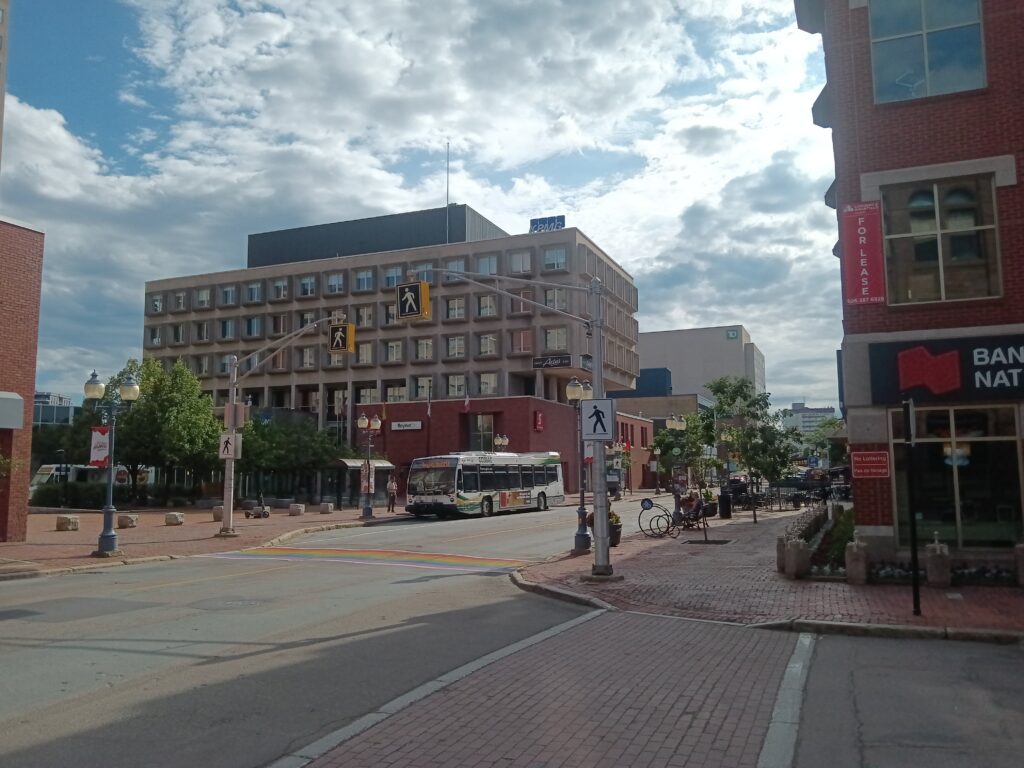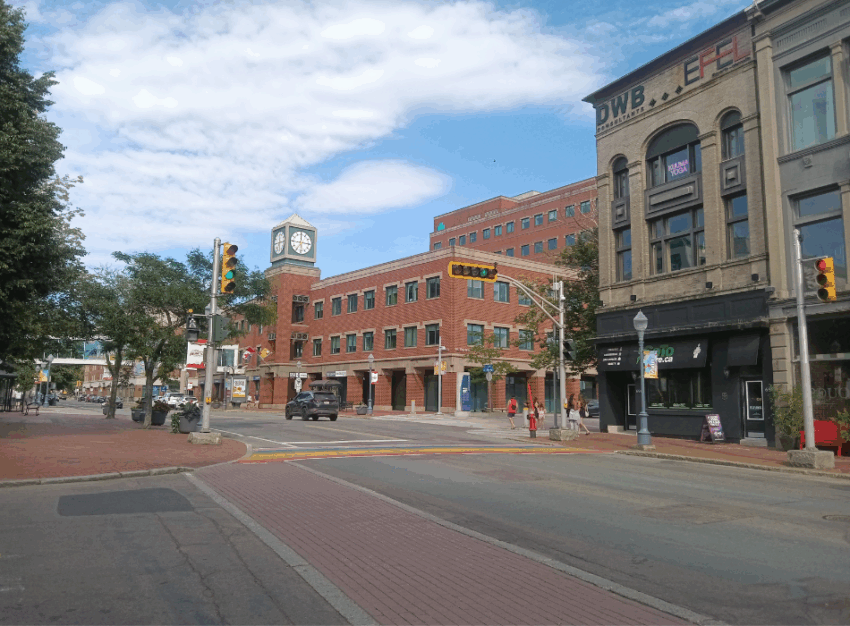During the 2008 recession, which happened when I was in elementary school, I kept hearing about “infrastructure projects” on the news but never really knew what that meant. My approximate understanding was that it meant building things to create jobs.
I don’t normally like the use of the word “sexy” to describe concepts that are exciting and catchy, but I would say that “pedestrian” and “infrastructure” are two of the least sexy terms on the planet. Way too many syllables!
Let’s break it down!
According to Merriam-Webster, “pedestrian” means of, related to or designed for walking.
“Infrastructure,” meanwhile, is the system of public works of a country or region, or the underlying structure that supports its functioning—things like roads, bridges and sewers.
If we put those two terms together, pedestrian infrastructure is the structures that are designed for walking and pedestrians. Think sidewalks, crosswalks and pedestrian signals!
What is pedestrian infrastructure?
Pedestrian infrastructure is the structures in a community that are designed for pedestrians. This can include sidewalks and other paths, footbridges, staircases, street lights, and elements that help pedestrians cross the street, like crosswalks and pedestrian signals.
These structures make it possible for pedestrians (including non-drivers and people with disabilities) to get around the city safely.
Types of pedestrian infrastructure
Here are some of the major types of pedestrian infrastructure.
Sidewalks:
Well-maintained, clear, wide sidewalks make it easy and safe for pedestrians to get around the city. Ideally, sidewalks should have four zones:
- Buffer zone (separating the sidewalk from the road)
- Street furniture zone (for “furniture” like benches and bus stops)
- Through zone (a clear space for pedestrians to walk)
- Frontage zone (a buffer between the through zone and buildings)
Crosswalks:

Crosswalks are clearly indicated spaces for pedestrians to cross the street, which may be found at an intersection or in the middle of a block. They include markings on the road and, sometimes, a flashing light to tell drivers that a pedestrian wants to cross (known as a rapid rectangular flashing beacon). Crosswalks may be raised above the road to be more distinctive.
Pedestrian signals:

Pedestrian signals help pedestrians cross safely at an intersection. They display the white “Walk” symbol when it’s safe to cross and the red hand when it’s not safe.
As you may have noticed if you’ve travelled to different cities, there’s some variety between pedestrian signals in different places: The signal may activate automatically, or the pedestrian may need to push a button. There may be what’s known as a leading pedestrian interval, which gives pedestrians a head start for crossing the street. There may also be an audible signal when it’s time to cross or a countdown telling pedestrians how many seconds they have left to cross the street.
If you’re curious about pedestrian infrastructure, you can learn about these elements in more detail in these articles from the Chicago Department of Transportation, CityChangers.org and the Valley Transportation Authority.
How pedestrian infrastructure can promote pedestrian safety and accessibility
Beyond the technical distinctions between different types of infrastructure, pedestrian infrastructure is about making walking a safe, desirable and accessible transportation option!
There are a few design features that can make walking safer and more inviting for everyone, including:
- Ensuring the sidewalk is wide enough, is in good condition and has a through zone that’s free from obstructions
- Placing a physical buffer between cars and pedestrians
- Giving pedestrians enough time to cross the street safely at intersections
There are a few additional elements to ensure pedestrian infrastructure is accessible for people with disabilities. This type of design benefits all pedestrians and ensures that people with disabilities have equal access to walking as a transportation option. These elements include:
- Placing push buttons at a level that’s reachable for people using wheelchairs and other mobility devices
- Using accessible pedestrian signals with an audible signal when it’s time to cross
- Installing ramps or curb cuts (a slope in the sidewalk down to the road) so that people using wheelchairs can access the road safely
- Indicating ramps or curb cuts using tactile paving (a surface with bumps) so that pedestrians with sight loss are aware of the slope
What is walkability?

Walkability refers to how friendly a neighbourhood is to walking. This includes having a high density of services and amenities so that people can walk within a reasonable distance to the places they need to go, like stores, schools, workplaces and parks. Walkability also includes the less tangible elements that make an area pleasant for walking, like visual interest from store displays, street art and planters.
One way of measuring walkability is Walk Score, which measures the walkability of an address from 0 to 100, where 90 to 100 indicates a “Walker’s Paradise.” Try entering your address to find out the Walk Score for your neighbourhood!
Elements that contribute to walkability:
- Safe, accessible pedestrian infrastructure
- Useful businesses and services
- Trees, plants and green space
- Good lighting
- Visual interest
- Benches and other seating
- Public washrooms
- Receptacles for garbage and recycling, general cleanliness
- Water fountains
- Connectivity to biking and transit infrastructure
Designing pedestrian infrastructure for walkable communities
Well-designed pedestrian infrastructure and neighbourhoods encourage residents and visitors to see walking as a viable transportation option. This ultimately leads to healthier individuals and communities and a healthier environment!
I want to know: What does pedestrian infrastructure look like where you live? How walkable is your community?
Categories and tags:
Share this post:

